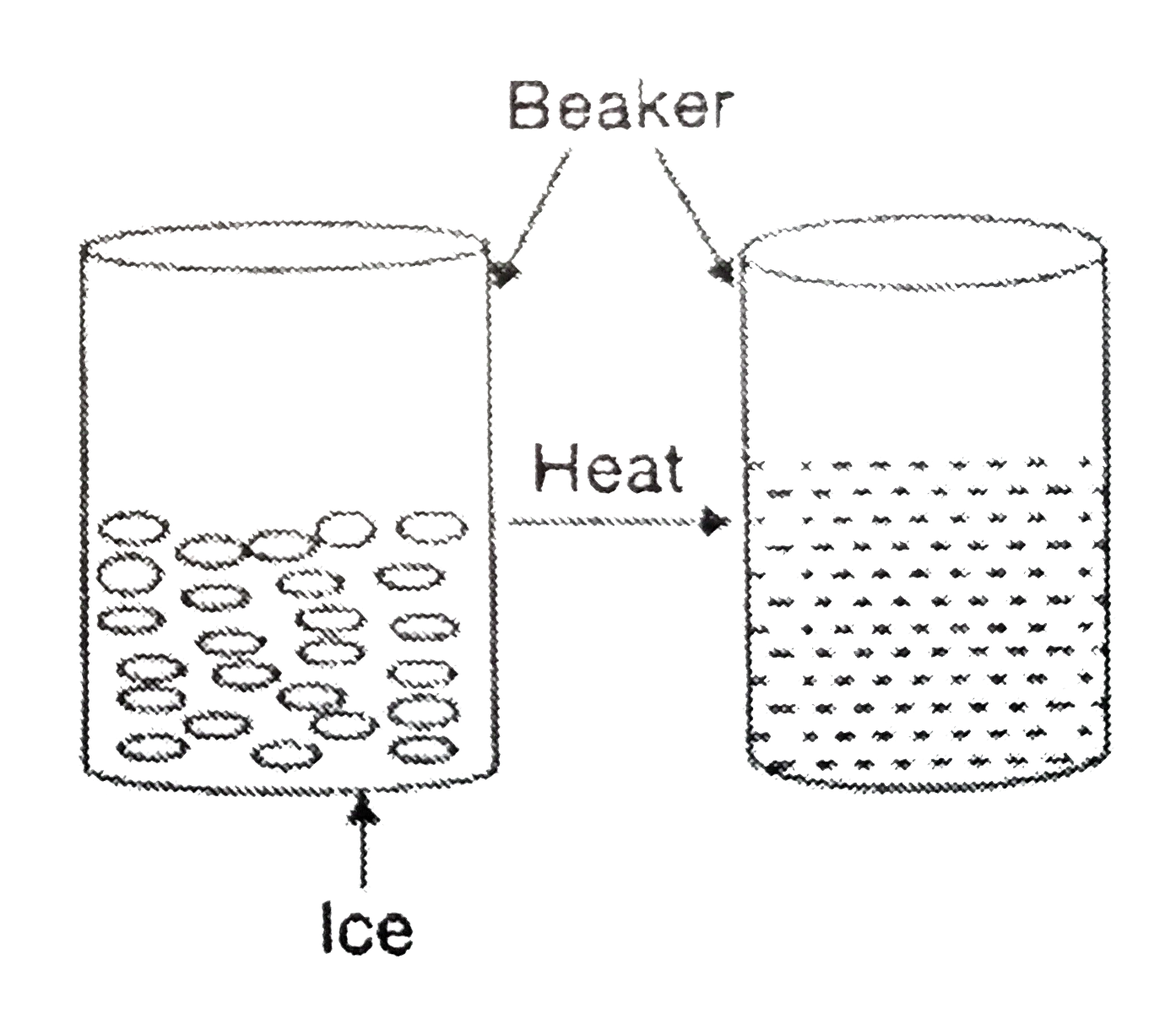Study the diagram given below and answer

Which organism uses the above method for reproduction?
Yeast
Amoeba
Spirogyra
Leishmania
The correct Answer is:A
Yeast reproduces asexually by budding.
Topper's Solved these Questions
- REPRODUCTIONBOOK - OSWAL PUBLICATIONCHAPTER - REPRODUCTIONEXERCISE - SELF ASSESSMENT -1 (Multiple choice Questions)
3 Videos
- REPRODUCTIONBOOK - OSWAL PUBLICATIONCHAPTER - REPRODUCTIONEXERCISE - SELF ASSESSMENT -1 (Passage/diagram based Questions)
1 Videos
- REPRODUCTIONBOOK - OSWAL PUBLICATIONCHAPTER - REPRODUCTIONEXERCISE - ASSERTION AND REASON BASED MCQs
13 Videos
- OUR ENVIRONMENTBOOK - OSWAL PUBLICATIONCHAPTER - OUR ENVIRONMENTEXERCISE - BOARD CORNER ( SHORT ANSWER TYPE QUESTIONS)
8 Videos
- SUSTAINABLE MANAGEMENT OF NATURAL RESOURCESBOOK - OSWAL PUBLICATIONCHAPTER - SUSTAINABLE MANAGEMENT OF NATURAL RESOURCESEXERCISE - CREATING BASED QUESTIONS
3 Videos
Similar Questions
Knowledge Check
Study the diagrams given below. These indicate:
 AanalogyBhomologyCadaptive radiationDconvergent evolution
AanalogyBhomologyCadaptive radiationDconvergent evolution
Study the diagram given below and answer the following question.

Does it show non-periodic motion? Give reason.
View SolutionStudy the diagram given below and answer

An organism capable of reproducing by two asexual reproduction methods one similar to the reproduction in yeast and the other similar to the reproduction in Planaria is:
View SolutionStudy the diagram given below and answer the following question.

Which is the mean position of the swing?
View SolutionStudy the diagram given below

The part labelled as A is:
View SolutionStudy the diagram given below and answer the following question.

Name the extreme position of the swing.
View SolutionStudy the diagram given below and answer the following questions.

(a) Does the composition remain the same?
(b) Name the type of change involved.
(c ) Write any two characteristics of the above change.
View SolutionStudy the diagram given below and answer the following questions.

(a) Does the composition remain the same
(b) Name the type of change involved .
(c ) Write any two characteristics of the above change.
View Solution


